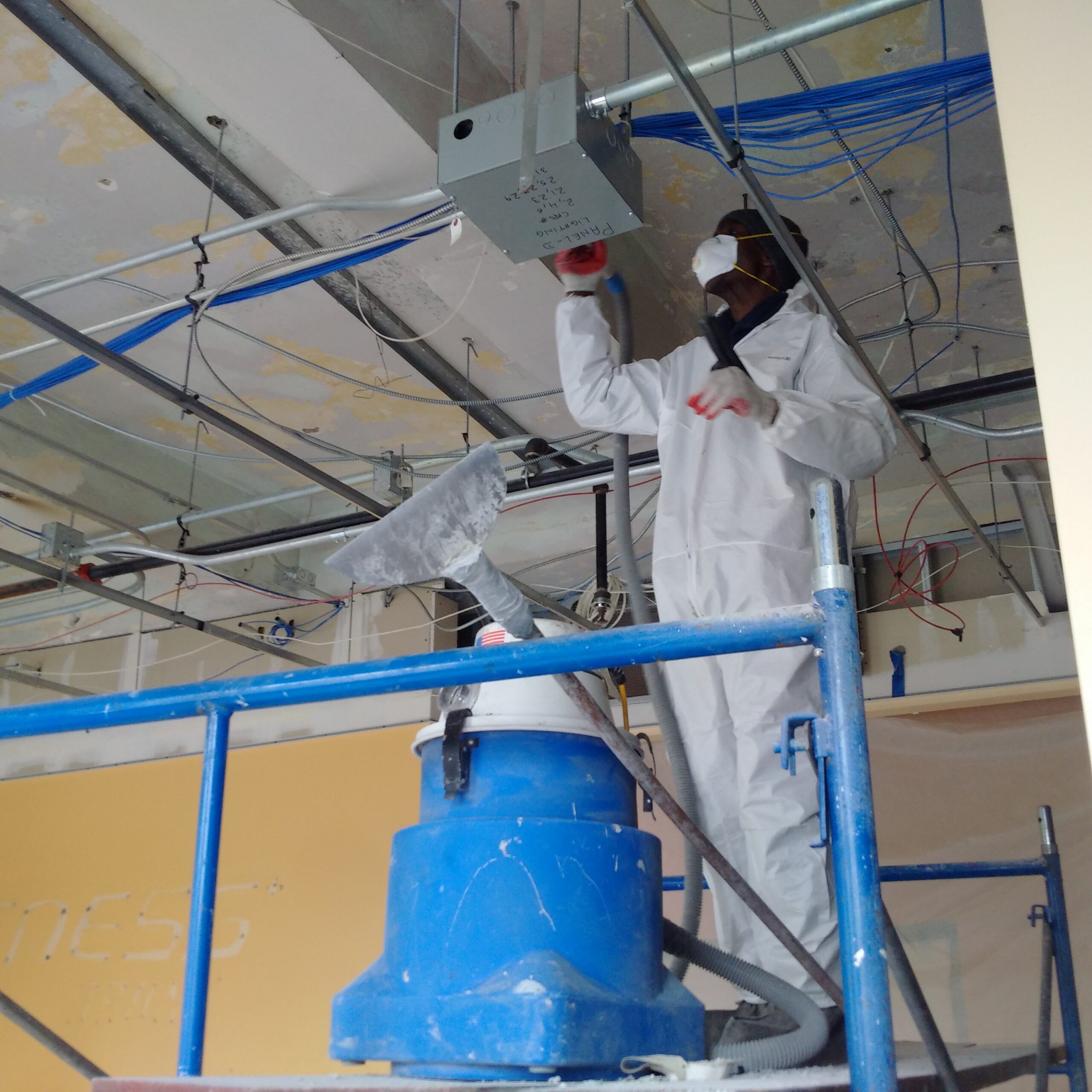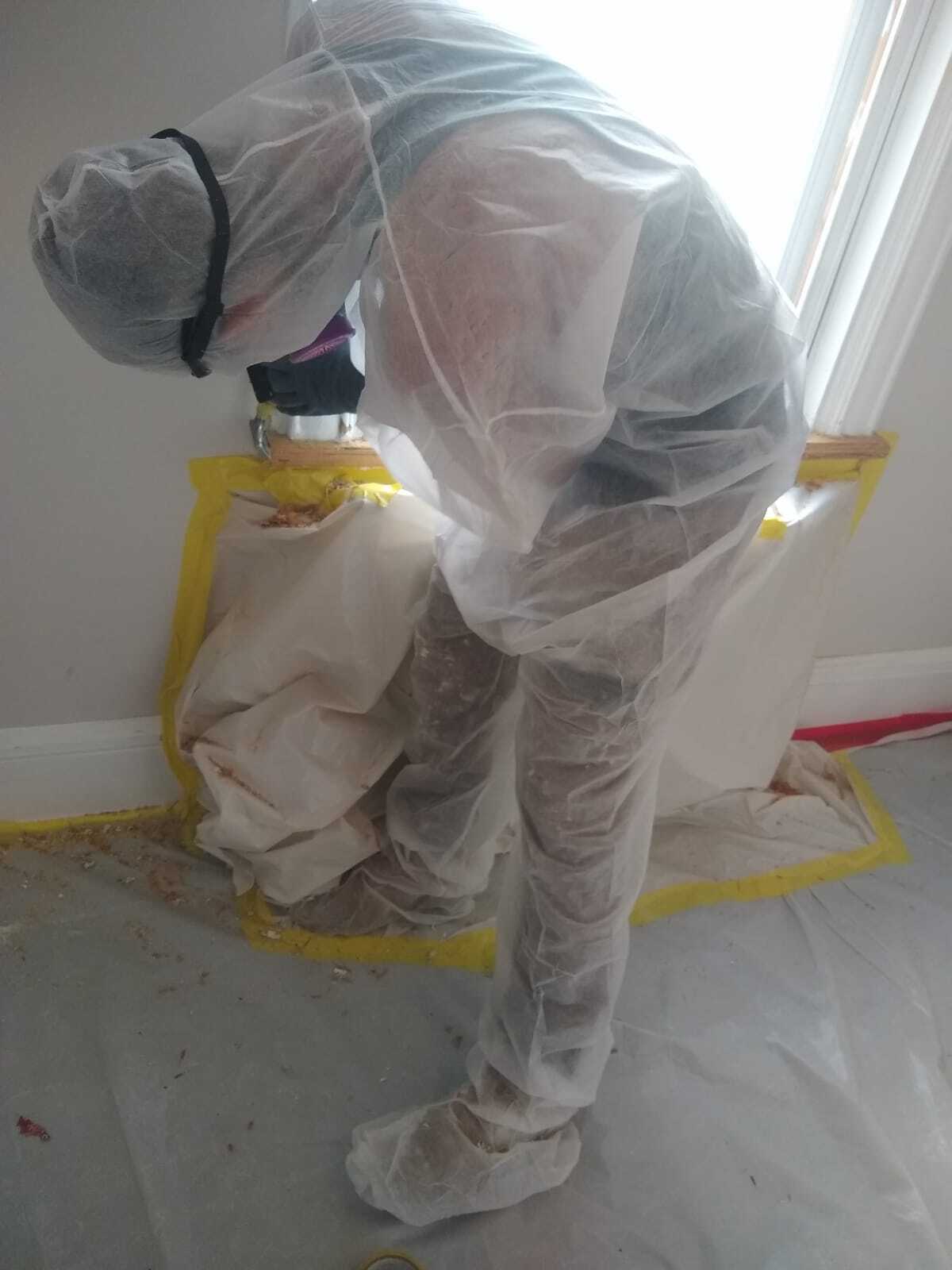Comprehensive Overview on Effective Lead Violation Removal Methods
In the world of ecological safety, addressing lead offenses requires a thorough and organized technique. This comprehensive overview starts by highlighting the crucial first actions of recognizing lead hazards through advanced evaluation and testing techniques. Methods such as XRF analysis and dust wipe sampling are important in identifying contamination sources. The overview specifies on the value of adhering to strict safety protocols throughout the elimination process, including the usage of appropriate PPE and isolating affected locations. The succeeding sections promise to review post-removal confirmation and precautionary techniques, guaranteeing long-term safety and security and compliance. Discover the elaborate information that make these methods not just effective yet vital.
Recognizing Lead Hazards
Recognizing lead risks is an essential very first action in reducing the threats related to lead direct exposure. Lead, a harmful steel, can be existing in various ecological tools, including paint, soil, water, and dirt. It poses serious wellness risks, especially to youngsters and expectant women, causing neurological damages and developmental delays. Exact recognition of potential lead sources is vital for efficient removal.
The preliminary phase in determining lead dangers includes comprehending typical lead resources within the developed atmosphere. Frameworks developed before 1978 are especially vulnerable because of the prevalent use lead-based paint during that period. Additionally, dirt contamination can take place from wearing away outside paint, commercial discharges, or historical use of leaded gasoline.
An additional substantial resource is lead piping and plumbing fixtures, which can seep introduce alcohol consumption water. Durable goods such as toys, porcelains, and imported items may also contain harmful lead degrees. Especially, work-related atmospheres and hobbies involving lead can track impurities right into homes.
Assessment and Screening
When resolving lead dangers, efficient assessment and screening are critical. This crucial action guarantees the recognition and metrology of lead visibility, thus assisting succeeding removal efforts. First evaluation generally involves a visual evaluation to determine potential lead sources, such as weakening paint or polluted dust. This is matched by even more extensive testing methodologies to determine the extent of contamination.

Dust clean tasting is one more important technique, especially in property setups. By gathering samples from floorings, windowsills, and other surface areas, this method supplies understandings right into prospective exposure threats. In addition, soil screening around building perimeters is important to spot lead contamination that could position risks, specifically to children.
Safe Removal Procedures
Upon completing complete assessment and testing, applying secure removal treatments is the next crucial stage in addressing lead risks. This procedure ensures that lead-contaminated products are properly and safely removed, minimizing risk to both workers and locals. The very first step entails separating the affected location utilizing plastic bed linen and appropriate securing strategies to prevent the spread of lead dust.
Employees should put on ideal individual protective devices (PPE), consisting of respirators, handwear covers, and disposable coveralls, to get more minimize direct exposure. Utilizing specialized tools and wet approaches, such as damp sanding or making use of HEPA-filtered vacuum cleaners, minimizes the diffusion of lead fragments. It is critical to prevent completely dry sanding or abrasive blasting, as these techniques can generate unsafe lead dust.
Waste disposal is an additional vital part; all infected materials need to be securely gotten and classified according to EPA and local guidelines. Furthermore, detailed cleansing of the workplace with HEPA vacuums and damp wiping makes certain the elimination of residual lead particles.
Post-Removal Confirmation

Confirmation of successful lead removal, referred to as post-removal confirmation, is imperative to make certain the safety and security and habitability of the remediated area. This process involves a collection of precise analyses and examinations created to identify any recurring lead bits that might position wellness dangers. The initial action generally consists of an aesthetic assessment to analyze the completion and top quality of the remediation job. This examination guarantees that all known sources of lead have been resolved which no visible indications of contamination remain.
Complying with the visual evaluation, environmental tasting is carried out. This involves gathering dust, soil, and occasionally water samples from the remediated area. Certified labs examine these samples to measure lead levels, ensuring they fall listed below the security thresholds established by regulative bodies such as the Epa (EPA)
In addition, air top quality screening might be executed to detect air-borne lead fragments, especially in cases where comprehensive lead-based paint elimination or restoration has occurred. The outcomes of these examinations provide measurable data confirming that the lead degrees are within permitted restrictions.
Ultimately, post-removal confirmation works as a critical checkpoint, validating the performance of the lead reduction initiatives and safeguarding the health and wellness of occupants and visitors.
Safety Nets and Upkeep

A vital precautionary measure consists of using lead-safe accredited contractors for any type of renovation, repair service, or painting activities. These specialists are learnt methods that minimize lead dust and particles. Additionally, preserving coloured surfaces to prevent damaging or peeling is necessary, as deteriorating paint can release lead fragments right into the environment.
Educational efforts targeting homeowner and lessees regarding the risks click for more info of lead and the relevance of reporting any potential dangers can better enhance preventive efforts. Routine cleansing making use of HEPA vacuum cleaners and wet mopping techniques can substantially lower lead dirt accumulation.
Conclusion
In summary, reliable lead infraction removal demands a careful approach incorporating complete assessment, specific testing, and stringent elimination procedures. Continuous inspections and maintenance are crucial to alleviate future lead hazards, consequently protecting public wellness and guaranteeing continual compliance with governing requirements.